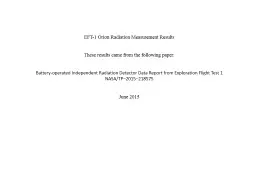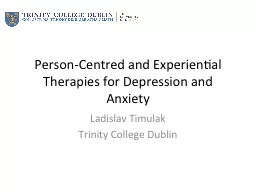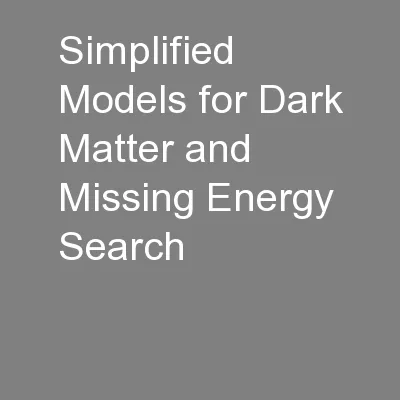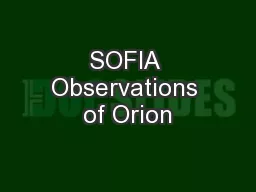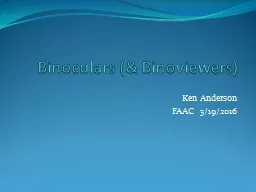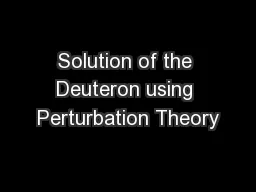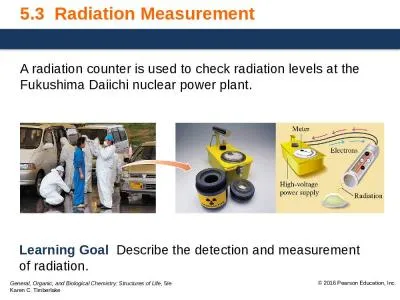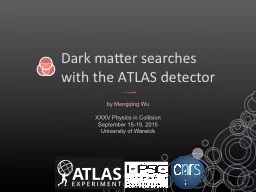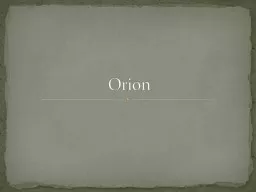PPT-EFT-1 Orion Radiation Measurement
Author : unita | Published Date : 2022-02-10
Results These results came from the following paper Batteryoperated Independent Radiation Detector Data Report from Exploration Flight Test 1 NASATP2015218575
Presentation Embed Code
Download Presentation
Download Presentation The PPT/PDF document "EFT-1 Orion Radiation Measurement" is the property of its rightful owner. Permission is granted to download and print the materials on this website for personal, non-commercial use only, and to display it on your personal computer provided you do not modify the materials and that you retain all copyright notices contained in the materials. By downloading content from our website, you accept the terms of this agreement.
EFT-1 Orion Radiation Measurement: Transcript
Download Rules Of Document
"EFT-1 Orion Radiation Measurement"The content belongs to its owner. You may download and print it for personal use, without modification, and keep all copyright notices. By downloading, you agree to these terms.
Related Documents

